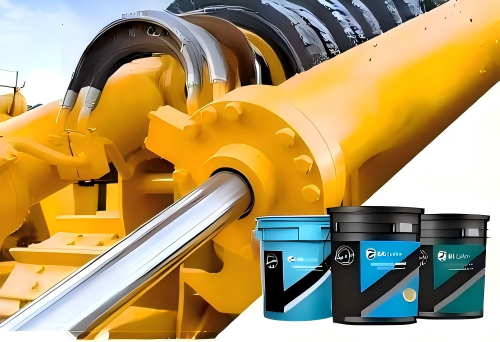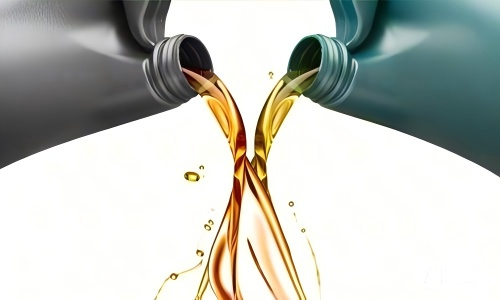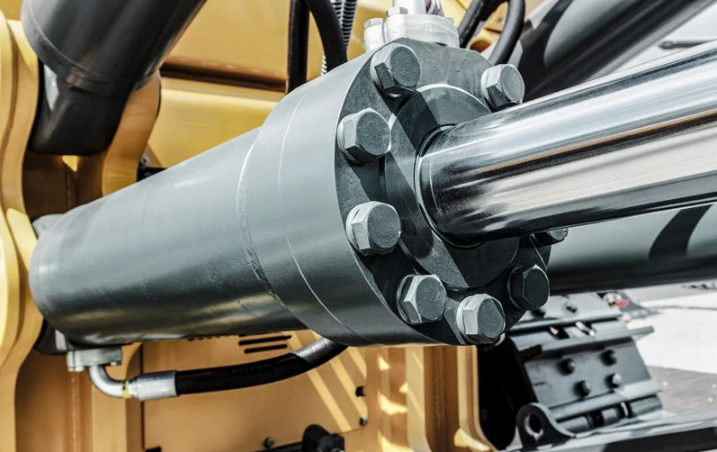Menu
According to statistics, 75% of hydraulic system failures are caused by oil contamination. Therefore, preventing hydraulic oil contamination is crucial for ensuring the normal operation of the system.
Hydraulic oil contamination refers to the presence of impurities such as water, air, fine solid particles, and gelatinous substances in the oil. The hazards of hydraulic oil contamination to the hydraulic system are as follows:
The main causes of hydraulic oil contamination are as follows:

To extend the service life of hydraulic components, ensure reliable operation of the hydraulic system, and control hydraulic oil contamination within permissible limits, the following preventive measures are commonly adopted in engineering practice:

The fundamental reasons for an abnormal rise in hydraulic oil temperature are as follows:

Hydraulic oil contamination typically involves three types of impurities: solid impurities (e.g., debris, solid particles, or solid residues from degraded hydraulic oil), liquid impurities (primarily water, followed by viscous residues from degraded hydraulic oil), and gaseous impurities (mainly air).